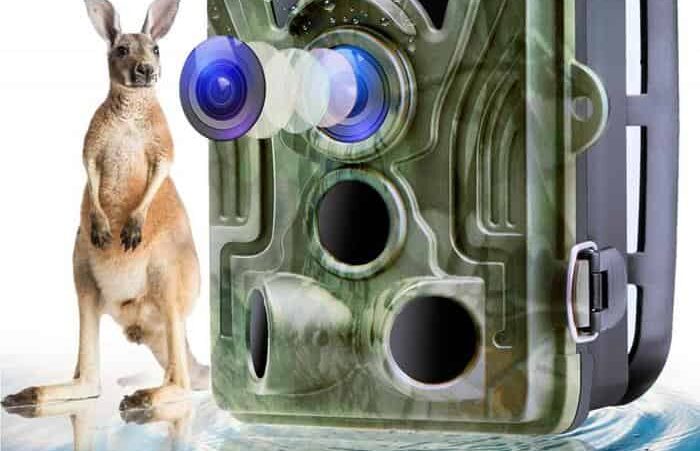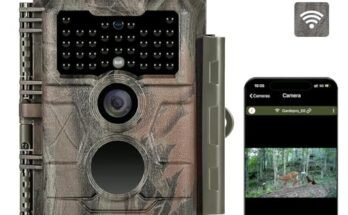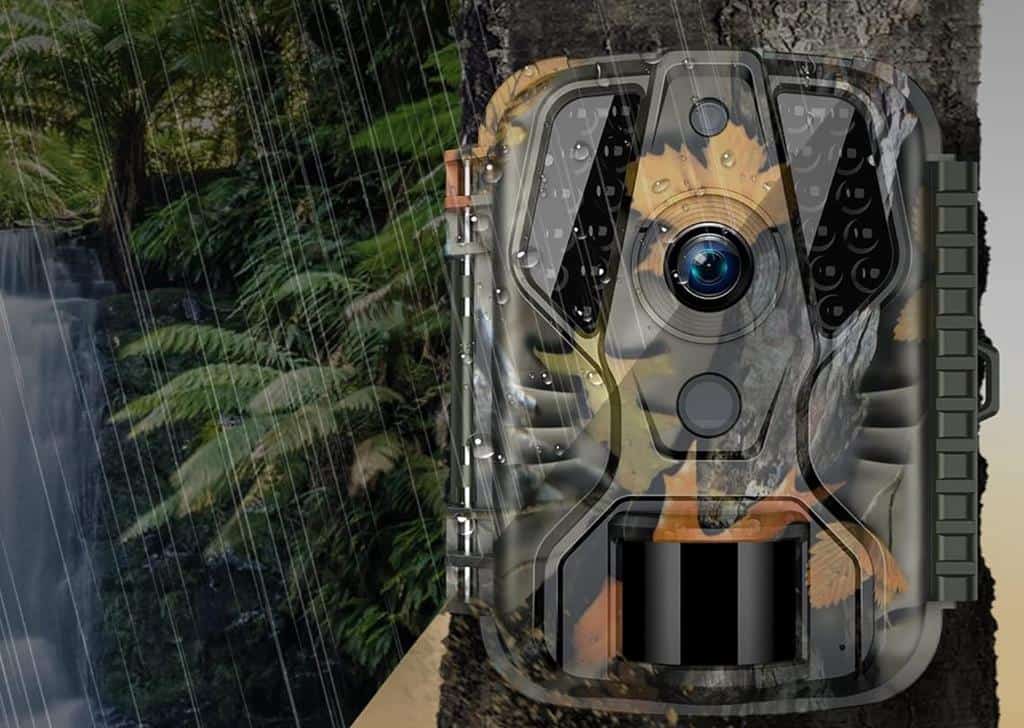 It is really frustrating, if you find your trail camera not taking pictures. There are few things that might go wrong.
It is really frustrating, if you find your trail camera not taking pictures. There are few things that might go wrong.
So check this quick list of issues before you set up your trail camera, and everything should be fine when checking the images.
It is much more common for a trail camera to take unusable pictures that do not work at all.
We’ll start repairing these spooky ghost images in a moment, but first, let’s make sure everything is working properly.
Here Is Why Your Trail Camera May Not Taking Pictures?
When a hunting camera does not work at all, the problem is usually related to the SD card. So let’s start there.
Incorrect SD Card
Digital image storage is constantly improving. SanDisk launched the first gigabyte SD card on the market in 2004. Storage capacities continue to increase, from a high of 512GB in 2014 to a maximum of two terabytes by the time of writing. The important thing is to understand that not all SD cards are compatible with all cameras or card readers.
All SD cards with capacities under 2GB use the FAT16 format. From 4GB to 32GB (SDHC cards), the FAT32 format is standard, and the ex FAT format is used from 64GB to 2TB (SDXC cards). Cards using these formats are not backward compatible with devices from previous generations.
As a result, a device specifying that SDHC cards are being used will not be saved to an SDXC card, although a device specifying SDXC cards should be able to use SDHC cards. For best results and eliminate uncertainties, use only the type of SD card that is specified by your trail camera.
Unformatted SD card

It is always a good idea to format a new SD card before installing it. Formatting deletes all images or other data from the card and configures a new file system. Although, this is not always 100% effective as images or data fragments may remain on the SD card.
You should format the SD card using the computer on which you want to upload or store your images. Mac users can format using a Mac user, and PC users. So, if you’re having trouble storing new files or images on an older card, reformatting the SD card is a simple step that you should try.
SD Card is Full
SD cards have very little space available like other digital storage device. When the card has reached its limit, it can no longer save or record new information. Many trail cameras continue taking pictures even when the SD card is full. They start over at the earliest saved images and begin recording over them. If your trail camera doesn’t have this function you need to make space for your camera.
If a full SD card becomes a recurring issue, you have to do something else. You can select different levels of image quality like lower resolution will take less space on the SD card and it will increase the amount of images you can store. The resulting photos may not be published in a nature magazine, but they are still usable.
Batteries are Dead

You can miss lots of important images, if your batteries are dead for few days. But we have solution for these issues. There are many things you can do. The first thing you can do is making the change from alkaline batteries to lithium batteries.
Lithium batteries last much longer than alkaline. When changing batteries, make sure that there is no corrosion presenting the battery bay from a previously malfunctioning battery. You can also use solar panels or external batteries available to either eliminate or supplement onboard batteries.
Camera Settings
The settings of trail camera can be confusing and complex, even for people who are using trail cameras for years. If you have made some adjustment on any settings and see that your camera is not functioning properly or taking blurry image, it is time to start from scratch. Most manufacturers of game camera have simple method to go back to the factory default settings. Reset it and see if it makes any difference.
Some best trail cameras also offers adjustable detection area, which is the triangular area that emanates from the motion sensor of the trail camera. Try to match this zone to the topography. Also make sure the camera is in the required mode to be able to shoot during motion detection. Sometimes, when a game camera cannot take photos, the problem is simply that the camera is in several other available modes.
Too Much Glare
If the problem is not that the camera does not take photos, but that the photos it takes are useless, it can proceed in different ways. Users often complain that their tracking cameras take blurry images, while it is the sun’s reflections that cause the problem. Sometimes, heat and direct sunlight reflections can even interfere with the camera’s sensor, resulting in missing images.
Triggering Issues
If the SD card is functioning properly and the problem does not come from the battery or configuration, the triggering mechanism may be faulty. If the problem is mechanical, you may not be able to do anything more than contact the manufacturer for a warranty. But before taking this step, check the air temperature that might interfere with the ability of sensor to detect motion.
Camera Improperly Positioned

Placing a trail camera high above the ground is a great way to prevent theft, but it can cause your own set of problems. Cameras placed 10 feet above the ground must be tilted precisely so that passing animals can activate the detection circuit. The safest way to increase the probability of detection is to place the camera at eye level.
False Detection
If your camera gives you a lot of beautiful pictures of the landscape on your land, but relatively few animal pictures, it’s time to take a closer look at the area. Make sure that the tree on which you have mounted the trail camera is strong enough so that it does not swing with the light breeze. Directing the camera on a path with lots of loose, dangling vegetation can also cause false triggers.
Conclusion
If your hunting camera does not seem to be working properly, the first thing you should expect is a battery problem or an SD card problem. It is always better to discover these types of problems at home, before going to install the camera in the field. Start with a brand new and newly formatted SD card that matches the manufacturer’s specifications and do the same with the batteries. Do not assume that what worked for your old trail camera will necessarily work this time around.
Related Post:



